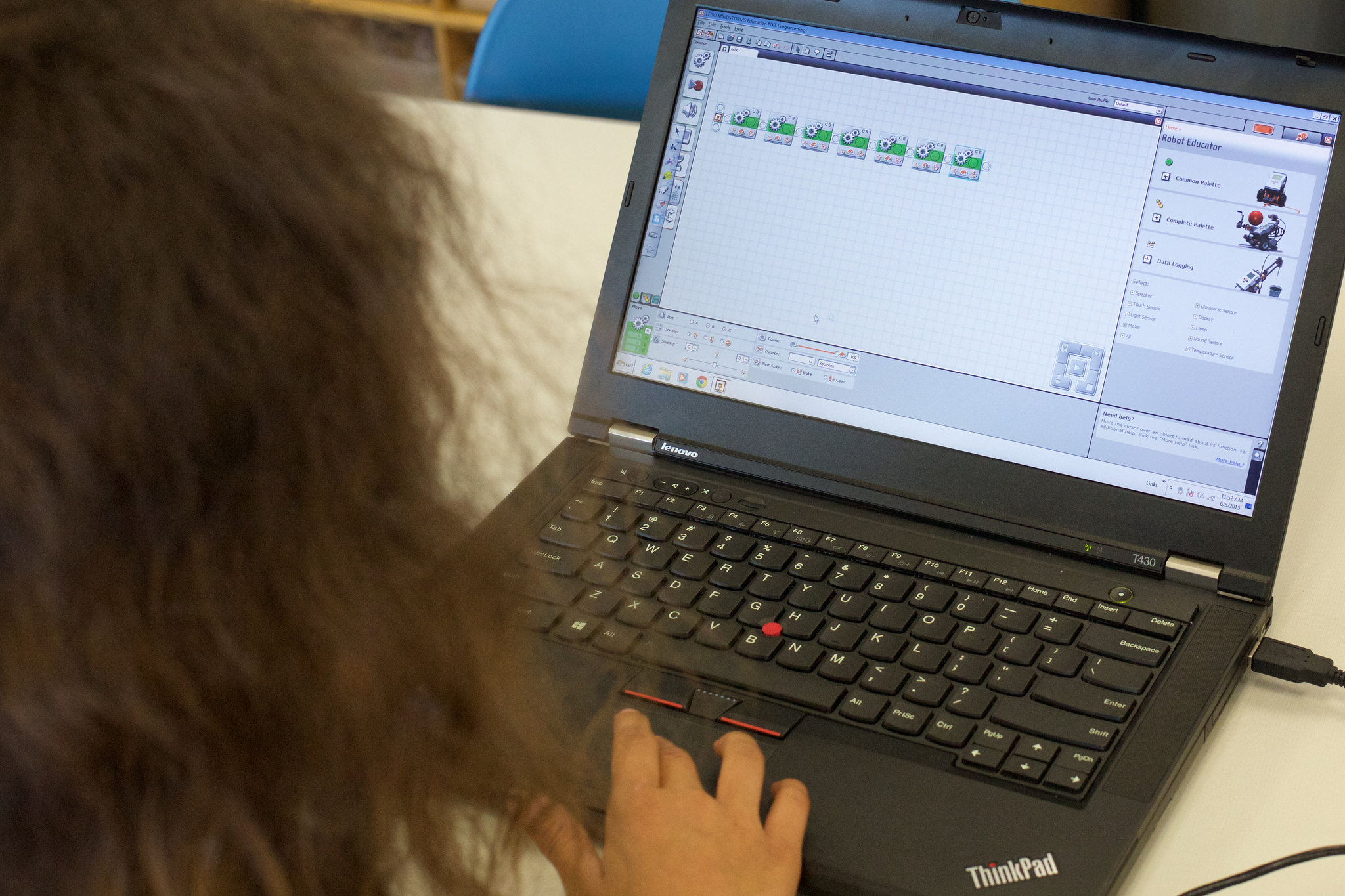In 2013, only 18% of U.S. college graduates with a computer science degree were women. It seems like if you give the opportunity for a woman to code, the technology industry expects her to ask “where are the pink accessories?”
More girls should be granted access to tech spaces. The root of this problem does not lie in universities or even Silicon Valley and their notorious nonexistent gender diversity. It stems even further, from a very young age. Girls and boys are taught that math and science are for the boys. Whenever a computer crashes, you call a technology specialist and chances are, he is a male. So how can this field invite girls in? A potential answer is “pinkifying” coding. They use this tactic because girls may find coding uninteresting and using the color pink can help encourage and invite them to try something new. The color is meant to emphasize “you’re a girl who codes” and “you’re a coder.”
Emily Reid, curriculum director of Girls Who Code, tells Mashable the tendency to pinkify coding comes from a desire to “meet girls where we think they are.” While she says the intention is good, the problem comes with assuming girls won’t be inherently interested in computer science — that things like “pink and princesses” are needed to lure them in.
Coding is a space that is historically not inviting to girls, especially African American girls. Kimberly Bryant, founder of Black Girls Code, also uses the color pink to appeal to girls.
All in all, it’s a controversial solution. If girls were encouraged from childhood, this would not be so “offensive.” But it’s definitely a baby step towards evening out a male-centered profession.
Article via Mashable, January 24, 2016
Photo: Crossroads Elementary School via DoDEA [Creative Commons Attribution-NonCommercial-NoDerivs]
